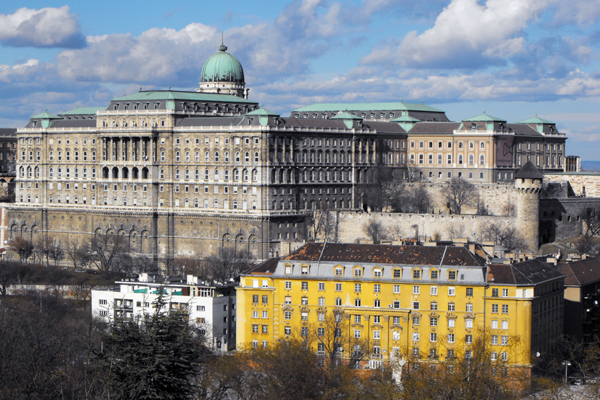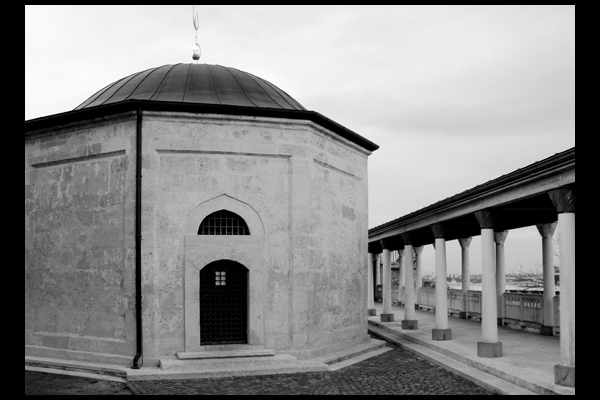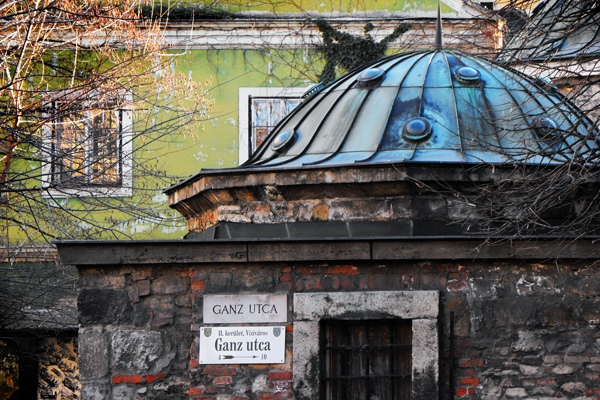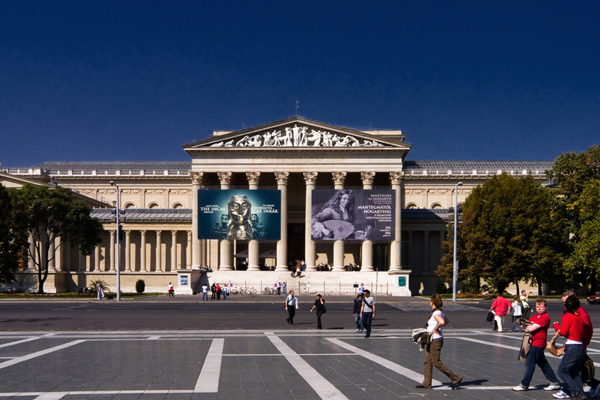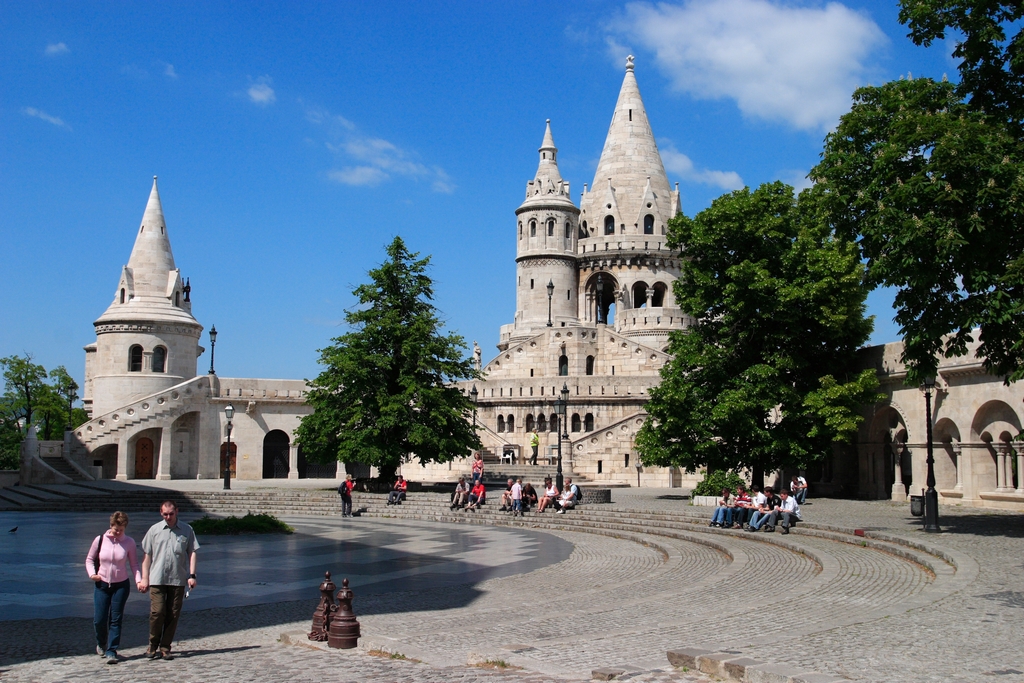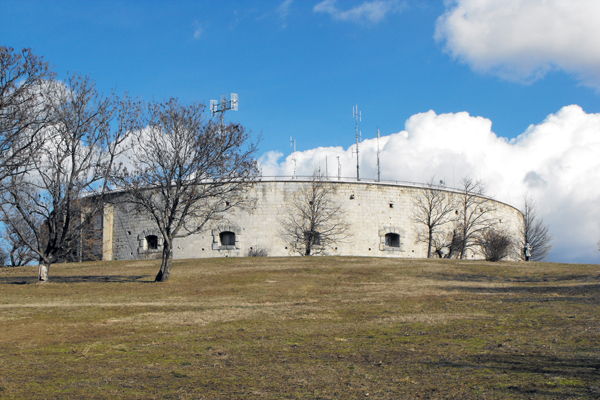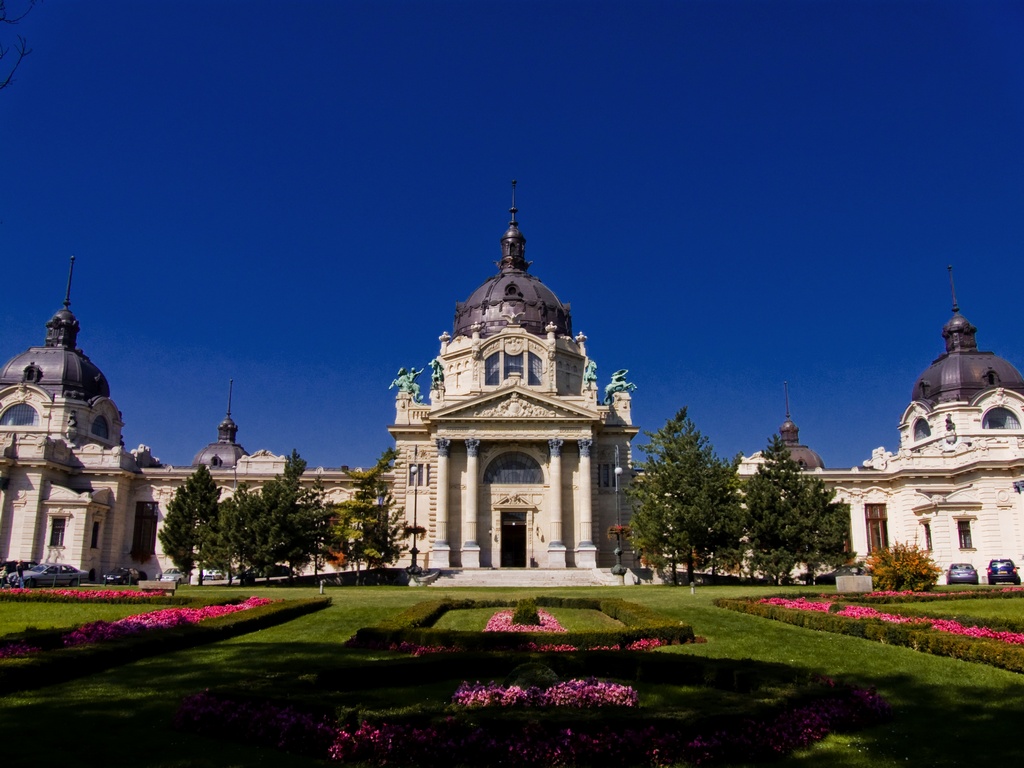Buda Castle – formerly known as Royal Castle – is a major landmark of the capitol, a part of the World Heritage.
Situated on the Buda bank of the Danube on the Castle Hill, its emblematic green dome can be spotted from quite a distance. This gorgeous, Gothic palace was built between the middle of the 13th and the end of the 14th century. The siege in 1686 (Turkish conquest era) and World War II both caused considerable damage in the castle itself and in the castle district. The building received baroque and ne-baroque features during reconstruction works, such as the dome and the façade. Buda Castle has evolved into a major cultural and touristic centre of Budapest: Here you can find the National Gallery, the Historical Museum of Budapest and the National Széchenyi Library. Savoya terrace within the castle hosts several festivals for days in the summer and autumn every year.
